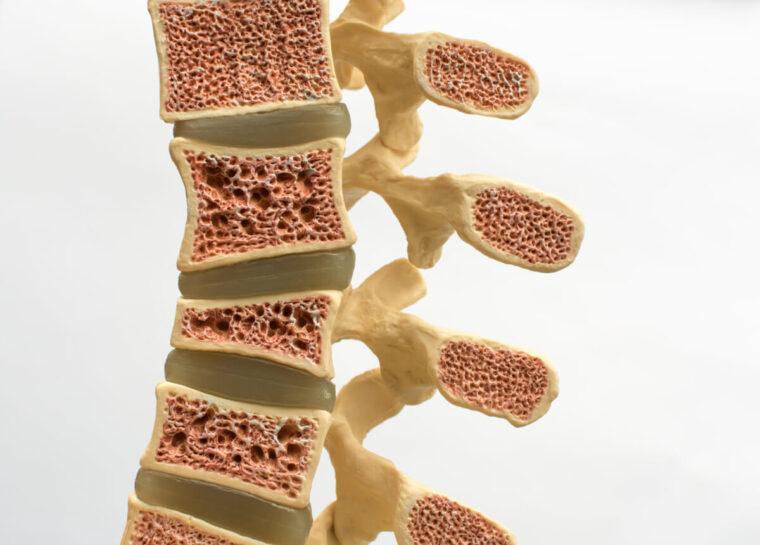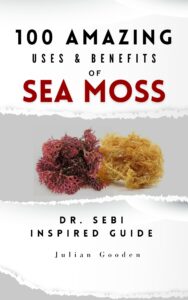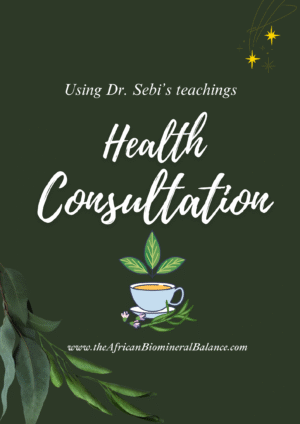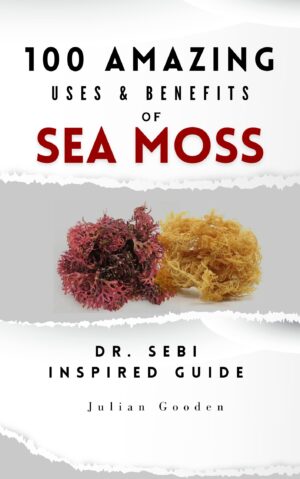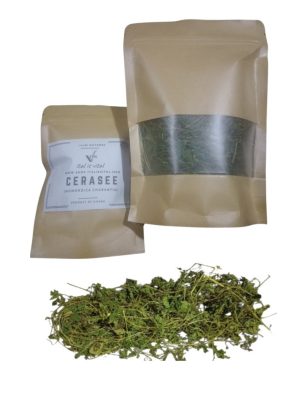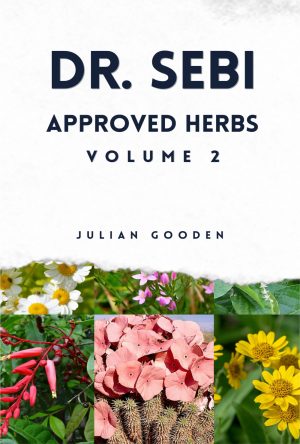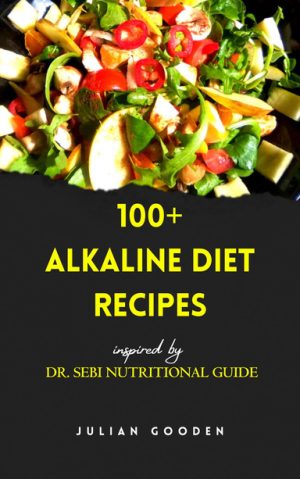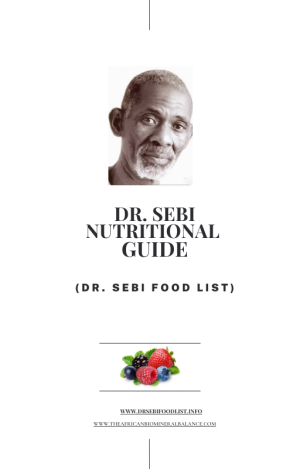Scientific Understanding of Osteoporosis
Osteoporosis is a systemic skeletal disease characterized by low bone mineral density (BMD) and micro-architectural deterioration of bone tissue, leading to increased bone fragility and susceptibility to fracture.
Key physiological facts:
- Bone is a dynamic, living tissue undergoing constant remodeling:
- Osteoclasts → break down old bone (resorption)
- Osteoblasts → build new bone (formation)
- In healthy adults, resorption and formation are balanced.
- In osteoporosis, the balance shifts: resorption > formation → net bone loss.
- Result: trabecular bone becomes thin and disconnected (porous, “Swiss cheese” appearance), cortical bone thins, and overall strength drops dramatically.
Measured clinically:
- Dual-energy X-ray absorptiometry (DXA) T-score ≤ -2.5 standard deviations below young adult mean = osteoporosis.
Most common in:
- Post-menopausal women (sharp drop in estrogen → increased osteoclast activity)
- Adults >70 years (age-related decline in osteoblast function)
- Individuals with prolonged glucocorticoid use, rheumatoid arthritis, celiac disease, hyperthyroidism, etc.
- Those with long-term PPI, SSRI, or anticonvulsant use
Primary scientific drivers (evidence-based):
- Mineral/nutrients deficiencies – especially calcium, magnesium, sunlight, boron, strontium
- Hormonal imbalance – low estrogen (women), low testosterone (men), high parathyroid hormone, low IGF-1
- Chronic low-grade inflammation – elevated IL-6, TNF-α, CRP → activates RANKL → more osteoclasts
- Excess net endogenous acid load (high dietary PRAL – Potential Renal Acid Load from grains, meat, cheese) → bone buffers acid by releasing calcium and magnesium
- Mechanical unloading – lack of weight-bearing stress → reduced osteocyte signaling (sclerostin ↑, Wnt pathway ↓)
- Oxidative stress & advanced glycation end-products (AGEs) from high sugar/processed food diets
Dr. Sebi’s Perspective (African Bio-Mineral Therapy)
Dr. Sebi rejected the conventional view on osteoporosis – his teachings point to the direction that it is fundamentally a mineral starvation disease caused by:
- Consumption of acidic, hybrid, mucus-forming foods
- Loss of “electric” (bio-available, plant-based) minerals
- Weakened kidneys (which are the master regulators of mineral balance)
Some core principles applied to bone health:
- Dairy is counterproductive
- Milk is acidic (PRAL +12 to +20) and mucus-forming
- Casein and inorganic calcium require the body to pull alkaline minerals from its own bones to neutralize the acid load
- Pasteurization and homogenization render minerals largely inorganic and unusable
- Silica is the true “missing link” in bone health
- Silica is required to form the collagen matrix (osteoid) onto which calcium crystallizes
- Without strong collagen, calcium cannot properly mineralize bone (it deposits in soft tissues instead)
- The body can convert bio-available silica into calcium as needed
- Modern diets are extremely low in silica (refined foods strip it away)
| Mineral | Role in bone health | Best Sebi-approved sources |
|---|---|---|
| Silica | Collagen synthesis, bone flexibility | Horsetail, nettle, spring oats |
| Calcium | Mineralization (but only with silica) | Sea moss, amaranth, sesame seeds (hulled), sea moss, kale, turnip greens |
| Magnesium | Regulates calcium uptake, relaxes osteoclasts | Nettle, dandelion, purslane, walnuts |
| Phosphorus | Forms hydroxyapatite crystals | Quinoa, spelt, kamut, wild rice |
| Iron (plant) | Oxygenates bone cells | Sarsaparilla, burdock, yellow dock, dandelion |
| Potassium | Prevents calcium loss in urine | Bananas (burro), avocado, coconut water |
| Iodine | Thyroid → hormonal control of bone turnover | Seaweeds (dulse, kelp, nori), bladderwrack |
Top Dr. Sebi-Approved Herbs for Bone Regeneration
(Traditionally used and aligned with his philosophy)
| Herb | Key compounds | Primary bone benefit |
|---|---|---|
| Horsetail (Shavegrass) | Highest plant source of silica | Rebuilds collagen matrix; increases BMD in studies |
| Nettle | Silica, magnesium, potassium | Anti-inflammatory, mineral-rich tonic |
| Sarsaparilla | Steroidal saponins, iron | Supports testosterone/estrogen precursors |
| Burdock root | Inulin, iron, polyacetylenes | Blood cleanser, improves mineral distribution |
| Dandelion leaf | Potassium | Diuretic that spares calcium (unlike drugs) |
| Sea moss (Irish moss) | 92+ minerals, carrageenan | Broad-spectrum remineralization |
| Bladderwrack | Iodine, fucoidan, alginates | Thyroid support → balanced bone turnover |
| Yellow dock | Iron, anthraquinones | Improves iron absorption & digestion |
| Red clover | Isoflavones | Mild phytoestrogen effect (post-menopause) |
| Oatstraw | Silica, calcium, magnesium | Calming, mineral-rich nerve & bone tonic |
Dr. Sebi–Approved Foods That Actually Build Bone
(Alkaline-forming, non-hybrid, mineral-dense)
Greens & Vegetables
- Amaranth greens, callaloo, watercress, dandelion greens, turnip greens, kale (curly only), wild arugula, okra, cucumber, zucchini, nopales (cactus), mushrooms (except shiitake)
Fruits
- Berries (wild blueberry, elderberry, seamoss fruit), figs, dates, seeded grapes, tamarind, soursop, mango, papaya, burro bananas, soft-jelly coconuts
Grains & Seeds
- Quinoa, fonio, wild rice, amaranth, teff, spelt (if tolerated), chia seeds, hemp seeds, sesame seeds (tahini)
Nuts & Oils
- Brazil nuts, walnuts, cold-pressed olive oil, grape-seed oil, avocado oil
Sea vegetables
- Wakame, nori, dulse, agar-agar, kelp (small amounts)
Foods Scientifically & Per Dr. Sebi That Destroy Bone
| Food Category | Why it harms bone (scientific + Sebi view) |
|---|---|
| All dairy | Highly acidic, casein triggers inflammation, poor Ca absorption |
| Meat & eggs | High phosphorus/acid load, promotes calcium excretion |
| Refined sugar | Increases urinary calcium loss, spikes insulin → cortisol |
| Wheat, corn, white rice, potatoes | Hybrid, acid-forming, low mineral, high starch → mucus & acid |
| Carbonated sodas | Phosphoric acid leaches calcium |
| Table salt (NaCl) | Excess sodium → calcium loss in urine |
| Coffee & black tea | Caffeine increases calcium excretion |
| Alcohol | Interferes with sunlight energy activation & osteoblast function |
Evidence-Based + Holistic Lifestyle Practices That Increase Bone Density
- Weight-bearing & resistance exercise (proven in meta-analyses to increase hip & spine BMD 1-3%)
- Walking with weighted vest, squats, deadlifts, push-ups, stair climbing, rebounding
- Impact loading (stomping, jumping, heel drops) – stimulates osteocytes
- Sun exposure (15-40 min midday) → natural vitamin D3 + nitric oxide
- Stress reduction – high cortisol activates osteoclasts
- Intermittent fasting / time-restricted eating – upregulates autophagy & osteoblast activity
- Natural spring water (silica, bicarbonate, trace minerals) vs. RO/distilled water that leaches minerals
- Avoid synthetic calcium supplements (calcium carbonate/citrate) – linked to arterial calcification, little bone benefit
Final Integrated Summary
Modern medicine treats osteoporosis as a pharmaceutical problem (bisphosphonates, denosumab, teriparatide) that slows resorption but does not rebuild healthy bone matrix.
Dr. Sebi and many functional/integrative practitioners view it as a whole-body mineral starvation and acidification problem that can be reversed by:
- Removing acid- and mucus-forming foods
- Flooding the body with bio-available, plant-based “electric” minerals (especially silica)
- Strengthening kidney/adrenal function
- Restoring collagen matrix first (eg. silica, calcium-rich foods)
- Applying daily mechanical stress to bone
- Normalizing hormones naturally
When these principles are followed consistently, many individuals report measurable increases in bone density on follow-up DXA scans – even into their 70s and 80s – without pharmaceutical intervention.
Bone is not static concrete; it is a living, electrically charged mineral bank that reflects the quality of what you eat, how you move, and how alkaline your inner terrain remains.


